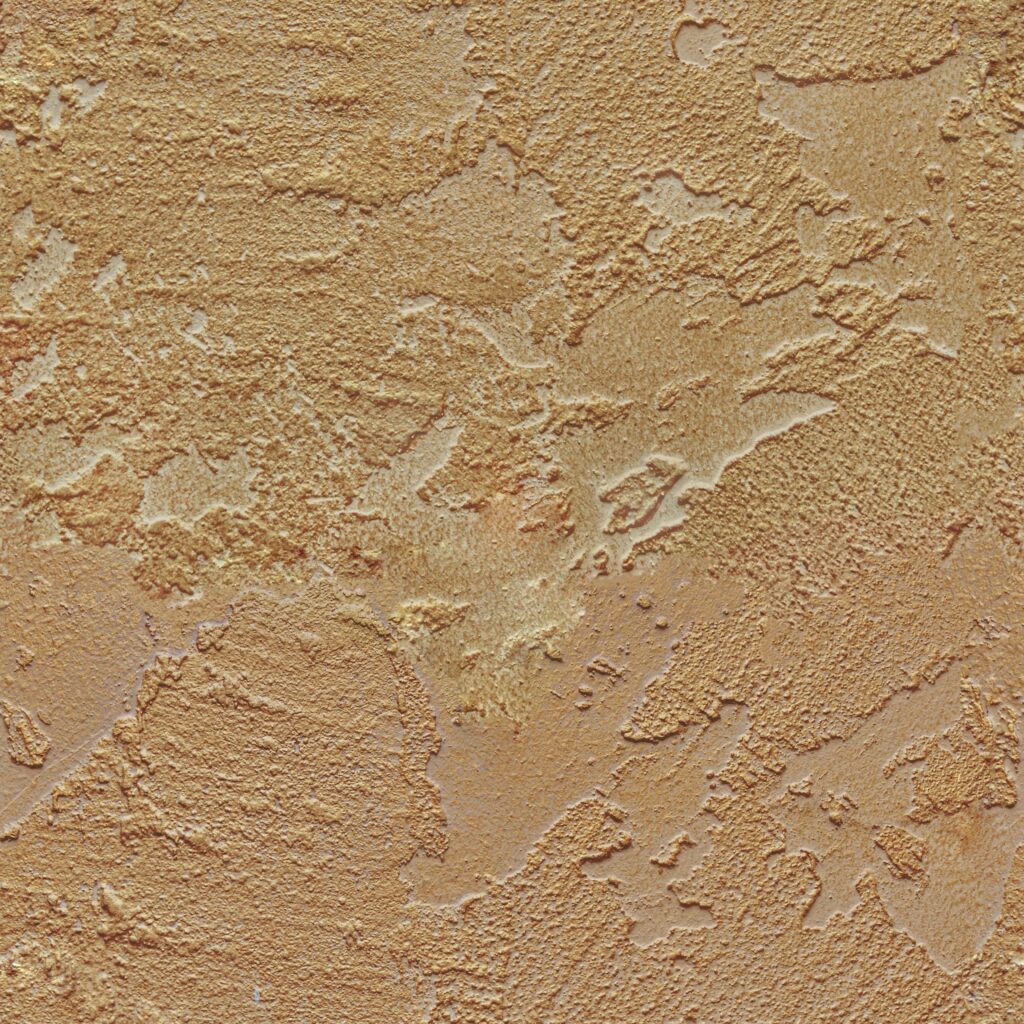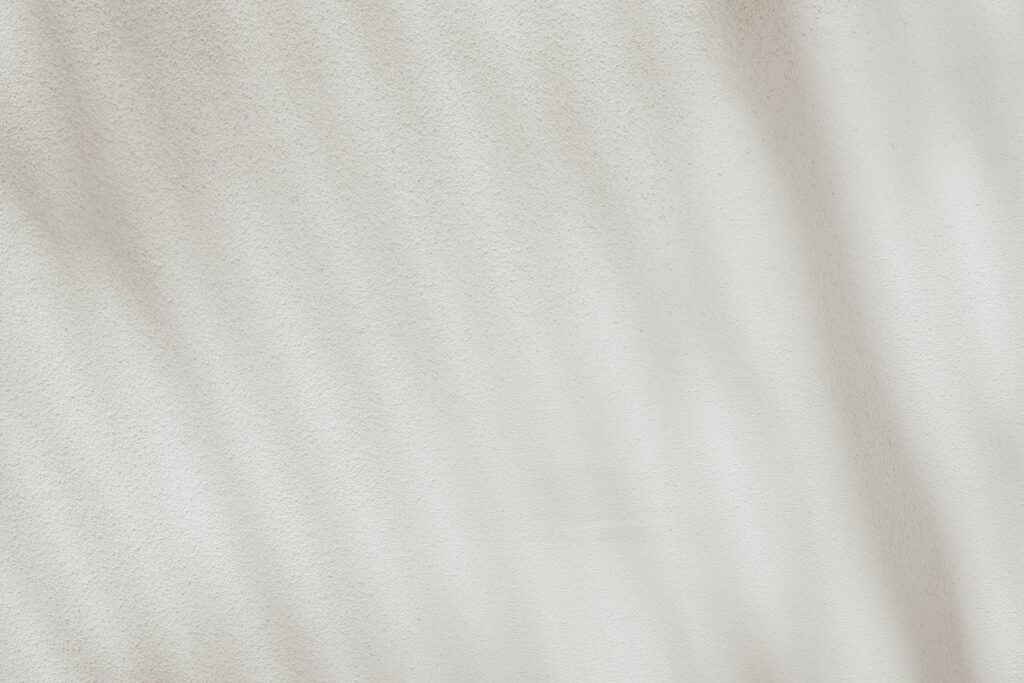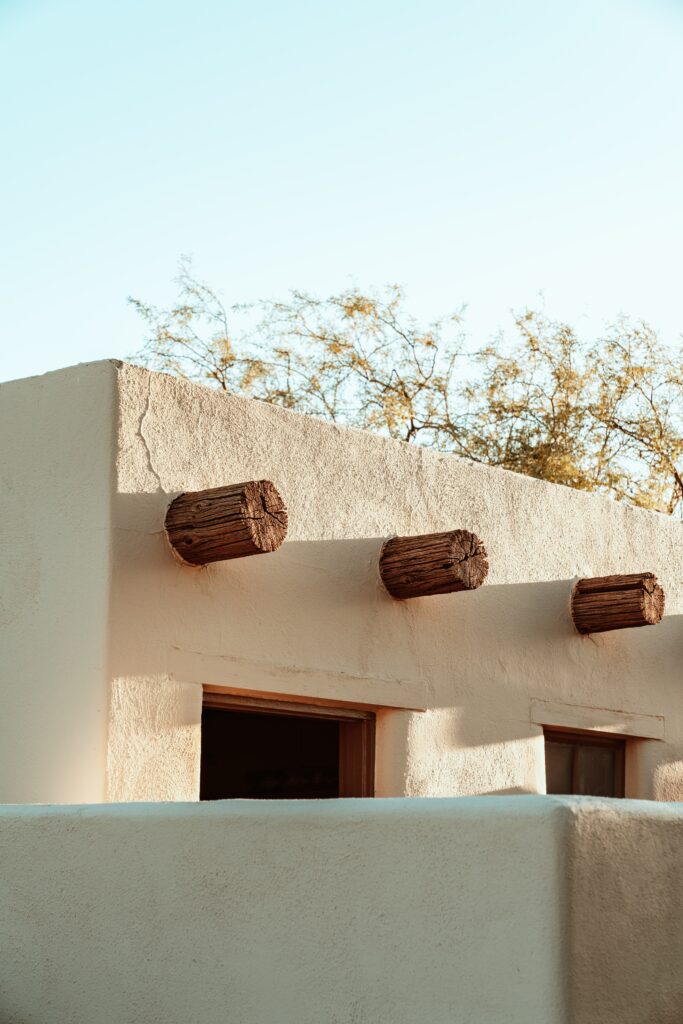Imagine you have an old stucco wall that is showing signs of age and wear. You may be wondering if there’s a solution to revitalize your wall without completely tearing down the existing stucco. Well, the good news is that you can actually stucco over old stucco! In this article, we’ll explore the benefits of this technique, discuss the preparation process, and guide you through the steps to achieve a brand-new, beautiful stucco finish. So, before you consider replacing or removing your old stucco, let’s discover how you can give it a fresh update without all the fuss.

Understanding Stucco
What is stucco?
Stucco is a popular building material that is commonly used on the exterior of homes and buildings. It is a mixture of cement, sand, and water, which is applied in layers to create a durable and aesthetically pleasing finish. Stucco can be applied either directly to masonry surfaces or to a metal lath, depending on the specific project requirements.
Why is stucco commonly used?
There are several reasons why stucco is commonly used as a building material. Firstly, stucco provides excellent weather resistance, protecting the underlying structure from moisture and the elements. It is also a versatile material that can be molded into different shapes and textures, allowing for a wide range of design possibilities. Additionally, stucco is fire-resistant, making it a safe choice for many construction projects.
Benefits of stucco as a building material
Stucco offers numerous benefits as a building material. Its durability and resistance to weather make it a long-lasting option for exterior finishes. Stucco can help insulate buildings, providing energy efficiency benefits. It is also low-maintenance, requiring minimal upkeep over time. From an aesthetic standpoint, stucco is available in a variety of colors and textures, allowing for personalization and customization to enhance the appearance of any structure.
How long does stucco typically last?
The lifespan of stucco largely depends on various factors such as climate, maintenance, and quality of installation. However, with proper care and maintenance, stucco can typically last for several decades. It is not uncommon for stucco to have a lifespan of 50 years or more. Regular inspections and prompt repairs of any damage or cracks can help prolong the life of stucco, ensuring its longevity as a building material.
Reasons for Stucco Over Old Stucco
When is it necessary to stucco over old stucco?
There are situations where stuccoing over old stucco becomes necessary. One such scenario is when the existing stucco has severe damage or has become structurally compromised. In such cases, it is more practical to apply a new layer of stucco over the old one rather than removing the entire old stucco layer. Stuccoing over old stucco can also be a cost-effective solution, as it eliminates the need for extensive demolition and reapplication of new stucco.
Problems with existing stucco that may require re-stuccoing
Old stucco may develop several problems over time that could necessitate re-stuccoing. One common issue is cracking, which can occur due to settling of the building or shifts in the foundation. Cracks in the stucco can allow water to penetrate, leading to moisture damage. Another problem is delamination, where the layers of stucco separate, causing the exterior to become less durable. If the existing stucco has extensive damage, it is advisable to consider re-stuccoing over the old stucco to ensure a stable and long-lasting exterior.
Advantages of stuccoing over existing stucco
Re-stuccoing over old stucco offers several advantages over completely removing the existing stucco layer. Firstly, it saves time and effort by eliminating the need for extensive demolition work. By stuccoing over the existing layer, the overall process becomes less labor-intensive, reducing the disruption to the occupants of the building. Additionally, re-stuccoing can be a cost-effective option, as it eliminates the expenses associated with removing the old stucco and preparing the surface for the new application.
Preparing for the Stuccoing Process
Evaluating the condition of the existing stucco
Before stuccoing over old stucco, it is crucial to assess the condition of the existing stucco. This evaluation helps identify any underlying issues that need to be addressed to ensure a stable and long-lasting finish. Inspect the old stucco for cracks, delamination, or other signs of damage. It is also essential to determine the thickness of the existing layer, as this will influence the type of preparation required before applying the new stucco.
Cleaning and preparing the old stucco
Proper cleaning and preparation of the old stucco surface are vital to ensure a strong bond between the old and new layers. Remove any loose or damaged stucco, as well as any dirt, debris, or contaminants that may prevent proper adhesion. Pressure washing or scrubbing the surface can help clean the old stucco effectively. It is also important to ensure that the surface is completely dry before proceeding with the next steps.
Repairing damaged areas
If the existing stucco has any areas of significant damage, it is necessary to repair them before stuccoing over. Use a suitable stucco patching material to fill in cracks, holes, or other damaged areas. Ensure that the repairs are done neatly and smoothly to create a seamless transition between the old and new layers of stucco. Properly repaired areas will help maintain the integrity and appearance of the finished surface.
Ensuring a proper base for the new stucco
To ensure a strong and durable finish, it is essential to create a proper base for the new layer of stucco. Applying a layer of bonding agent to the old stucco surface helps improve the adhesion between the old and new layers. This bonding agent creates a chemical bond that enhances the overall stability of the stucco system. Follow the manufacturer’s instructions for the specific bonding agent being used, ensuring proper application and drying times.
Applying a bonding agent
To further enhance the bond between the old and new layers of stucco, it is advisable to apply a bonding agent to the old stucco surface. This additional layer of bonding agent promotes adhesion and helps prevent any separation or delamination over time. Apply the bonding agent following the manufacturer’s instructions, ensuring complete coverage of the old stucco surface. Allow the bonding agent to dry thoroughly before proceeding with the application of the new stucco.
Choosing the Right Materials
Selecting stucco mix
Choosing the appropriate stucco mix is crucial to achieving a successful stuccoing project. Consider factors such as climate, building type, and desired finish when selecting the stucco mix. It is important to choose a mix that is compatible with the existing stucco layer and can provide the desired strength and durability. Consult with a professional or seek guidance from a reputable supplier to ensure you choose the most suitable stucco mix for your project.
Considering additives or modifications to the mix
In certain cases, additives or modifications to the stucco mix may be necessary to enhance specific properties. These additives can improve flexibility, water resistance, or overall adhesion. For example, fiberglass or acrylic additives can increase the flexibility of the stucco, helping to reduce the chances of cracking. It is important to consult with an expert to determine if any additives or modifications are recommended for your specific project.
Determining the appropriate thickness of the new stucco layer
The appropriate thickness of the new stucco layer depends on various factors, including local building codes, climate, and the condition of the existing stucco. It is important to adhere to the recommended thickness to ensure proper coverage and adequate strength. When determining the thickness, consider any repairs or patching that may have been done to the existing stucco and adjust accordingly. Consult local building authorities or professionals to ensure compliance with regulations and to determine the appropriate thickness for your specific project.

Applying Stucco Over Old Stucco
Applying the scratch coat
The first step in applying stucco over old stucco is the scratch coat. This coat provides a rough surface that helps the subsequent layers adhere properly. Apply the scratch coat to the entire surface using a trowel, creating a layer of approximately 3/8 inch thickness. Use horizontal and vertical motions to ensure even coverage and a consistent thickness. The scratch coat should have a rough texture to allow the next layers to bond securely.
Installing metal lath
To further enhance the bond between the old and new stucco layers, it is recommended to install metal lath over the scratch coat. Metal lath provides additional support and stability to the stucco system. Secure the metal lath to the scratch coat using appropriate fasteners, ensuring that it is properly attached and does not have any loose areas. Overlapping the edges of the metal lath by a few inches helps maintain the integrity of the stucco system.
Applying the brown coat
The brown coat is the next layer to be applied over the metal lath. This coat serves as the main structural component of the stucco system. Apply the brown coat to a thickness of approximately 3/8 to 1/2 inch, ensuring that it is evenly distributed and covers the entire surface. Use a trowel or hawk and trowel to achieve a smooth and level brown coat. The application of the brown coat should be done in sections, with each section being properly blended into the previous one.
Adding a finish coat
The finish coat is the final layer of the stucco system and is responsible for the appearance and texture of the finished surface. Apply the finish coat to a thickness of approximately 1/8 to 1/4 inch, depending on the desired texture and design. Use a trowel or float to apply the finish coat, creating the desired texture and smoothing out any imperfections. It is important to work efficiently to ensure a consistent finish across the entire surface.
Techniques for achieving a smooth and consistent finish
Achieving a smooth and consistent finish requires proper technique and skill. Begin by using a trowel or float to create the desired texture in the finish coat. Work in a circular or sweeping motion, applying even pressure to ensure a uniform surface. To smoothen out any imperfections or irregularities, use a damp sponge or brush and lightly swipe across the surface. Regularly step back to assess the overall appearance and make any necessary adjustments to maintain consistency.
Curing and Drying Time
Importance of allowing adequate curing time
Allowing adequate curing time is crucial to ensure the stucco fully sets and achieves maximum strength. Curing time refers to the period required for the stucco to dry and harden completely. Rushing the drying process can result in a weaker finish that is more susceptible to damage. Adhere to the recommended curing time specified by the stucco manufacturer or consult with a professional to determine the appropriate duration for your specific project.
Factors that affect drying time
Several factors can affect the drying time of stucco. Climate plays a significant role, as high humidity or cold temperatures can prolong the drying process. The thickness of the stucco layers, as well as the presence of additives or modifications, can also influence drying time. Proper ventilation and airflow around the stuccoed surface can help facilitate faster drying. It is important to consider these factors to ensure the stucco has adequate time to dry before any further finishing or maintenance is performed.
Monitoring and ensuring proper drying
Regularly monitor the drying process to ensure the stucco is drying properly. Avoid any unnecessary moisture exposure during the drying period, as this can affect the quality and durability of the finish. Proper ventilation and temperature control in the drying area can help optimize the drying process. If unsure about the status of the drying stucco, consult with a professional who can provide guidance and expertise to ensure the stucco is adequately dried before proceeding with the next steps.

Finishing and Maintenance
Options for finishing the new stucco surface
Once the stucco has fully dried and cured, various finishing options are available to enhance the aesthetics of the surface. Stucco can be left as is for a natural and rustic look, or it can be painted to achieve a desired color scheme. Other finishing techniques, such as texturing or applying decorative elements, can also be employed to create a unique and personalized appearance. Consult with a professional or explore different design ideas to determine the most suitable finishing option for your project.
Regular maintenance practices
Regular maintenance is essential to ensure the longevity and performance of the stucco finish. Inspect the stucco regularly for any signs of damage, such as cracks or chipping, and repair them promptly to prevent further deterioration. Periodically clean the stucco surface using a mild detergent and water to remove any dirt or stains. Avoid using abrasive tools or harsh chemicals that may damage the stucco. Proper maintenance practices ensure that the stucco remains in optimal condition, providing continued protection and visual appeal.
Addressing cracks or damage in the new stucco
In the event of cracks or damage in the new stucco, it is important to address them promptly to prevent further issues. Use a suitable stucco patching material to fill in any cracks or damaged areas, following the recommended application process. Smooth out the patch to create a seamless transition with the surrounding stucco. Allow the repaired area to dry and cure properly before considering any additional finishing or maintenance procedures.
Overcoming Common Challenges
Dealing with moisture in the existing stucco
Moisture in the existing stucco can pose challenges during the stuccoing process. Before applying the new stucco layer, it is crucial to ensure that the old stucco is completely dry. Moisture can affect the adhesion and bonding between the old and new layers, leading to issues such as cracking or delamination. If moisture is present, take appropriate measures such as improving ventilation or adopting moisture remediation techniques to address the issue before proceeding with the stuccoing process.
Avoiding delamination or separation of layers
To avoid delamination or separation of layers in the stucco system, proper preparation and installation techniques must be followed. Ensure that the old stucco surface is cleaned, repaired, and properly prepared before applying the new stucco layer. Apply a bonding agent to enhance the adhesion between the layers. Properly mix and apply the stucco layers according to the manufacturer’s instructions, ensuring optimal bonding and stability. Taking these precautions helps minimize the risk of delamination or separation over time.
Preventing future cracking or other issues
To prevent future cracking or other issues in the stucco, it is important to address potential causes and implement proper preventive measures. Properly evaluate and address any underlying structural issues that may contribute to cracking, such as foundation settlement or inadequate support. Ensure proper drainage and moisture control to prevent water damage. Consider using reinforcing materials or additives that enhance flexibility and strength to minimize the risk of future cracking. Regular inspections and maintenance practices help identify and address any issues before they escalate.
Cost Considerations
Factors that influence the cost of stuccoing over old stucco
Several factors can influence the cost of stuccoing over old stucco. Firstly, the extent of the existing stucco damage and the required repairs can affect the overall cost. The size of the project and the thickness of the new stucco layers can also influence the cost. Additional factors to consider include labor costs, material prices, and any specialized equipment or techniques required. It is advisable to obtain quotes from multiple contractors and suppliers to determine the most cost-effective solution for your specific project.
Comparing the cost to other alternatives
When considering stuccoing over old stucco, it is essential to compare the cost to alternative options. Complete removal of the old stucco and reapplication of new stucco can be significantly more expensive due to the additional labor and material costs involved. Other alternatives, such as siding or cladding, may have their own associated costs and considerations. Evaluate the pros and cons of each alternative in terms of cost, durability, and aesthetic appeal before making a decision.
Determining if re-stuccoing is a cost-effective solution
Determining whether re-stuccoing over old stucco is a cost-effective solution depends on various factors. If the existing stucco damage is localized and can be repaired easily, it may be more cost-effective to address those specific areas rather than re-stuccoing the entire surface. However, if the old stucco has widespread damage or if the overall condition is compromised, re-stuccoing can provide a more durable and long-lasting solution. Consider the specific circumstances of your project, including the extent of damage, budget, and long-term goals, to determine the most cost-effective approach.
Conclusion
In summary, stuccoing over old stucco can be a practical and cost-effective solution when faced with significant damage or the need for a new exterior finish. Understanding the proper process and following appropriate techniques are essential for achieving a successful stuccoing project. By evaluating the condition of the existing stucco, properly preparing the surface, selecting the right materials, and applying the stucco layers with care, you can ensure a durable and aesthetically pleasing finish that lasts for many years. Regular maintenance and prompt repairs will help preserve the integrity and appearance of the stucco, prolonging its lifespan and ensuring continued satisfaction with the finished product. Consider consulting with professionals in the field to guide you through the stuccoing process and provide expert advice based on your specific project requirements.

